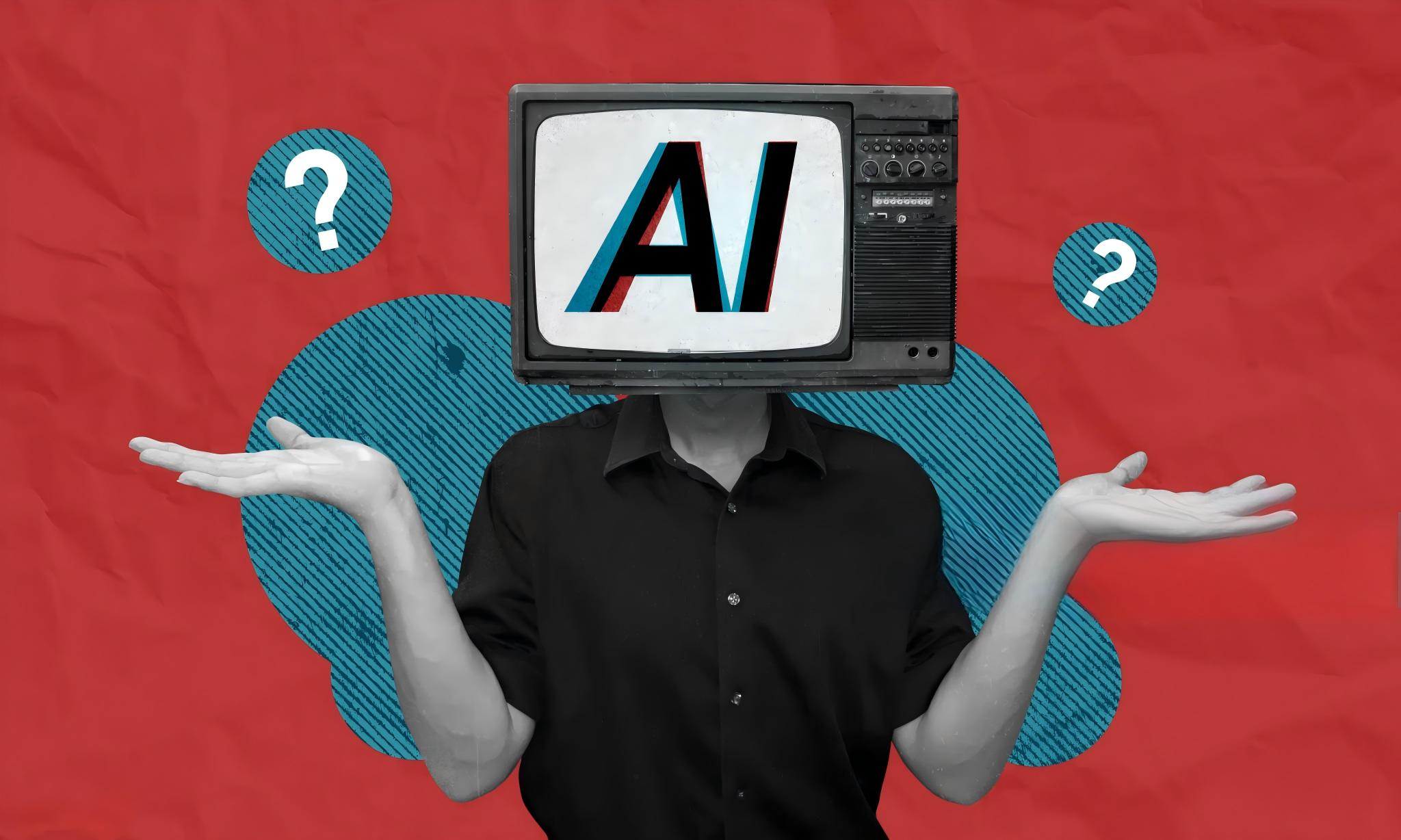The panic regarding Generative AI replacing linguists is fading. In its place, a pragmatic, more sophisticated reality is taking root.
For the last two years, the language services industry has served as "Ground Zero" for the Large Language Model (LLM) revolution. While generalists predicted the death of the translation agency, industry insiders saw something different: a massive expansion of content volume and an evolution of the human role.
Looking ahead to the next five years, we are not moving toward a world of "machines only." We are moving toward Augmented Localization. The most successful global strategies will no longer treat AI and humans as binary opposites, but as distinct components of a single, high-performance engine.
Here is what the macro landscape looks like through 2030, and why the "Human-in-the-Loop" (HITL) model is the only viable path for premium global growth.
1. The Shift from "Post-Editing" to "Cultural Architecture"
Historically, the industry relied on Machine Translation Post-Editing (MTPE)—where a machine produced a rough draft and a human fixed the grammar. That model is already becoming obsolete.
In the next five years, the human role will elevate from "janitor" (cleaning up errors) to "architect."
Current data from industry analysts like CSA Research and Nimdzi indicates that while the volume of translated content is exploding, the demand for premium transcreation is growing alongside it. Why? because as AI democratizes basic translation, brand voice becomes the primary differentiator.
AI can translate words with 95% accuracy. However, it struggles to navigate:
Political nuance in sensitive regions.
Gen-Z slang and evolving internet subcultures.
Emotional resonance in marketing copy.
We are entering an era of Adaptive Human Review. The workflow of the future involves AI handling the bulk of informational content (manuals, support tickets), while subject-matter experts focus entirely on high-stakes content: game lore, legal contracts, and creative media.
2. The Explosion of Multimodal Localization (Video & Audio)
Text is no longer the default medium of the internet. According to Cisco’s Annual Internet Report, video now accounts for over 82% of all consumer internet traffic. Naturally, the localization industry must follow the user.
The next five years will see a massive pivot toward multimedia localization, specifically in two booming sectors: Short Dramas and Gaming.
The "Short Drama" Phenomenon
The appetite for short-form, episodic video content (vertical dramas) is surging in markets from Southeast Asia to North America. The challenge? Speed. These productions require subtitles and dubbing to be released almost simultaneously with the original footage.
AI Dubbing vs. Human Performance
We will see a hybrid approach to audio. While AI text-to-speech (TTS) is improving for documentary narration, character-driven content (audiobooks, RPG games, and dramas) still demands human voice actors to capture sarcasm, grief, and timing. The trend is not replacing voice actors, but scaling them—using AI to handle background NPCs (non-player characters) in games, while reserving human talent for main storylines.
3. Data Annotation: The Infrastructure of the Future
Often overlooked is the fact that AI models are only as good as the data they are fed. This has birthed a critical sub-sector in the language industry: Multilingual Data Annotation.
To teach an LLM how to translate medical Korean or legal Arabic correctly, you cannot scrape the open web; the data is too noisy. You need structured, human-verified datasets.
Over the next half-decade, top-tier language service providers (LSPs) will evolve into AI Training Partners. They will not just translate content; they will transcribe audio, label images, and clean text data to refine the very models their clients use. This "services-for-software" loop ensures that corporate AI models don't hallucinate or offend local markets.
4. The "Trust Factor" and E-E-A-T
Google’s focus on E-E-A-T (Experience, Expertise, Authoritativeness, and Trustworthiness) applies heavily to international SEO.
AI-generated content, left unchecked, often creates "duplicate content" issues or factual hallucinations that hurt search rankings. To rank globally in 2025 and beyond, companies need Verified Localization.
Search engines are getting smarter at detecting low-quality, auto-generated spam. To signal authority to Google (and to users), localized content must demonstrate human oversight. A localized website that reads naturally and uses culturally specific idioms signals "Trustworthiness." One that reads like raw output signals "Spam."
Conclusion: Choosing Experience in a Hybrid World
The future of the language industry isn't about the software; it's about the synthesis. It’s about knowing when to deploy an LLM for efficiency and where to deploy a human expert for impact.
Navigating this complexity requires a partner with deep roots in the industry—one that has evolved alongside the technology rather than being disrupted by it.
This is the philosophy behind Artlangs Translation.
With a legacy of service spanning years, Artlangs has not only witnessed these industry shifts; we have actively adapted our workflows to master them. We don't just process text; we manage cultural perception across 230+ languages.
Whether it is the high-speed demands of short drama subtitle localization, the creative nuance required for game localization, or the emotive precision of audiobook dubbing, our approach combines cutting-edge tech with the indispensable touch of native linguists. Furthermore, as the industry pivots to AI training, our extensive experience in multilingual data annotation and transcription positions us as a key infrastructure partner for tech-forward companies.
The tools have changed, but the goal remains the same: connecting the world without losing the meaning.











